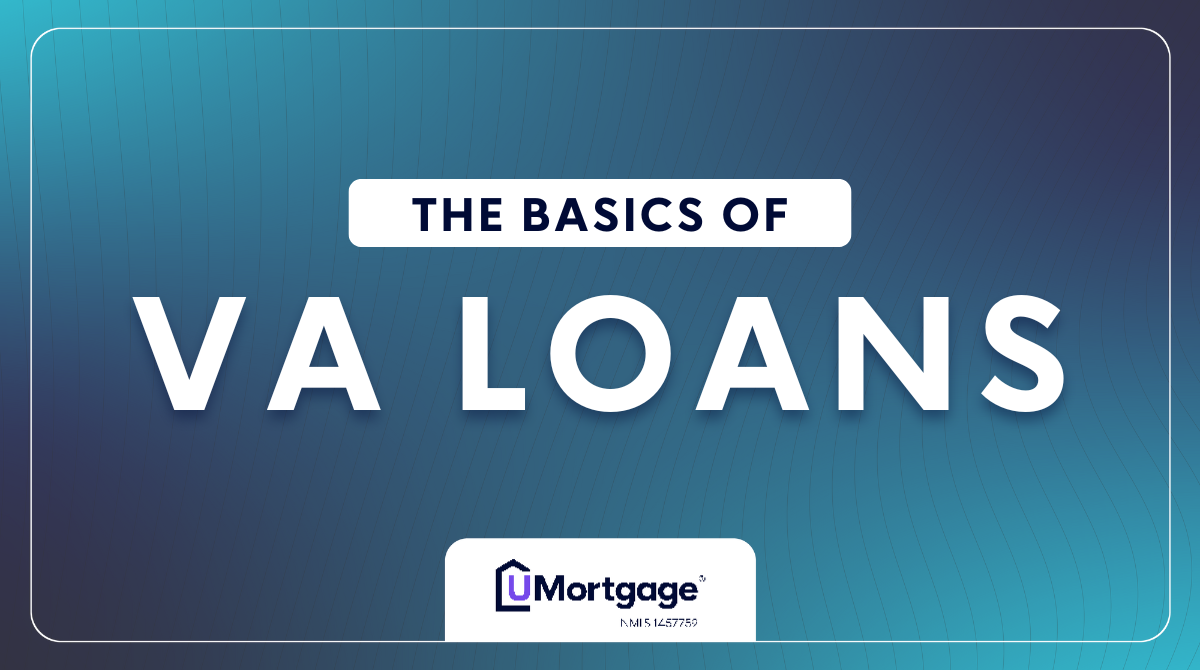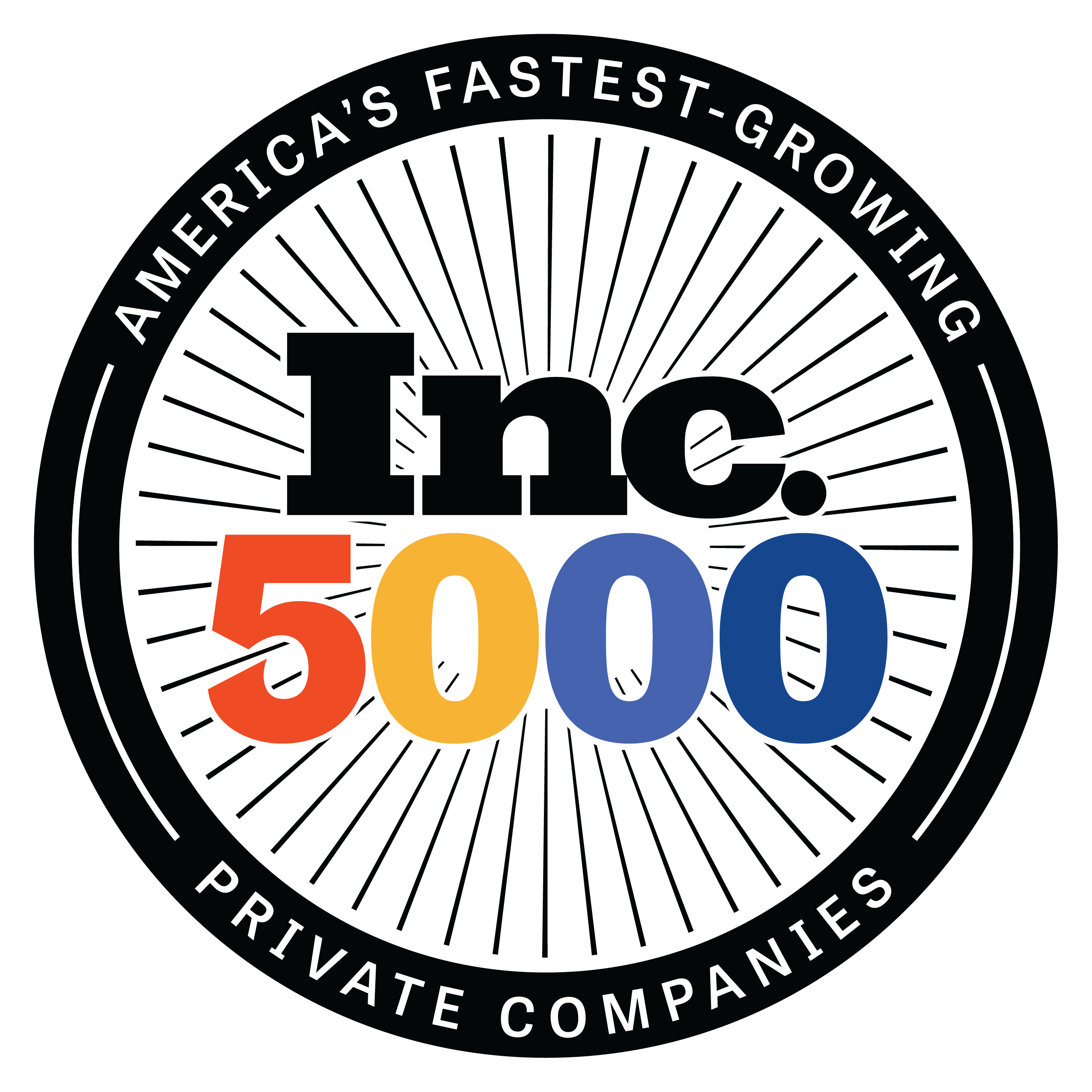VA Loan Bootcamp: Understanding the Basics of Your VA Homebuying Benefits
Published: May 17, 2024

VA Loan Bootcamp: Understanding the Basics of Your VA Homebuying Benefits
If you served, are currently serving, or are a widower of a past service member, you have earned the right to a VA loan. Before we get started, a VA loan is a home loan benefit backed by the Department of Veteran Affairs (VA) to help you buy, build, repair, retain, or adapt a home for your own personal occupancy.
VA home loans are provided by private lenders, such as banks and mortgage companies. VA guarantees a portion of the loan, enabling the lender to provide you with more favorable terms.
In this blog, we'll delve into the fundamentals of VA loans, help you understand the eligibility criteria, and give you a look at the benefits that come with a VA loan. Whether you're a first-time homebuyer or looking to refinance your existing mortgage, partnering with experienced VA experts at UMortgage ensures a seamless journey toward homeownership.
How Do VA Loans Work?
While the VA backs VA loans, they do not provide them. Rather, eligible borrowers work with a VA-approved mortgage lender to get their VA loan. Below, we’ll give a high-level overview of the eligibility requirements and VA loan process.
How to Know if You're Eligible for a VA Loan
To qualify for a VA loan, veterans and active-duty service members must meet different service requirements to qualify. Military members or surviving spouses can qualify if they or their spouse served:
• 90 consecutive days on active duty during wartime
• 181 consecutive days on active duty during peacetime
• 6 years in the National Guard or Reserves, or 90 days under Title 32 orders with at least 30 days served consecutively
For full qualification guidelines, you can refer to the VA’s comprehensive eligibility requirements.
How to Obtain Your Certificate of Eligibility (COE)
A Certificate of Eligibility (also known as a COE) is required to qualify for a VA loan. Your COE is a formal document issued by the VA confirming that you’ve met the eligibility requirements noted above. You don’t need to obtain this document before starting your mortgage process; your UMortgage Loan Originator can obtain your COE on your behalf as you work with them to kickstart your homebuying journey.
Understanding the VA Funding Fee
The VA funding fee is a one-time fee paid to the VA when obtaining a VA loan. The VA funding fee helps offset the cost of the VA loan program to taxpayers in place of a down payment requirement.
The amount of the funding fee varies based on your down payment amount, the type of transaction (purchase or refinance), your service branch, and whether it’s your first time using your VA loan benefits.
If you're a Veteran or active-duty buyer receiving compensation for a service-connected disability or are deemed 10% or more disabled by the VA, you are exempt from paying the funding fee.
Your VA Loan Benefits Explained
A common misconception about VA loans is that they’re riskier and sometimes more expensive than a conventional loan. This couldn’t be further from the truth! In fact, VA loans work a lot like any other home loan but also include a plethora of benefits that help to make the homebuying process significantly easier and more affordable for Veterans and active-duty service members. Below, we’ll break down some of these key benefits:
0% Down Payment
One of the biggest benefits of your VA loan benefit is the ability to purchase a home without a down payment. A down payment is often the most expensive part of the homebuying process, with conventional loans requiring at least 3% down and FHA loans requiring a minimum of 3.5%. This benefit alone can make a home purchase significantly more affordable for eligible borrowers.
No VA Loan Limits
The VA-backed home loan limit refers to the amount the VA guarantees, or the maximum amount paid to your lender if you default on your loan. The VA doesn't limit how much you can borrow to finance a home. This means that if you still have your COE intact, you can borrow the maximum amount that you qualify for at 100% financing.
Additionally, the Federal Housing Finance Agency (FHFA) increased its county loan limits throughout the United States for borrowers with partial eligibility available. In layman's terms, this means that you are entitled to greater flexibility as a borrower throughout your journey of homeownership. To learn more specifics about how much you can qualify for, feel free to consult with your UMortgage Loan Originator.
Flexible Underwriting
Compared to conventional loans and other loan products, VA home loans come with incredibly flexible underwriting terms. With lower credit score requirements and no stipulations for debt-to-income ratios, qualification will be based on residual income requirements.
In certain regions across the country, borrowers might qualify for tens of thousands more than they might with a conventional loan.
Lower Interest Rates
VA loans typically have more competitive interest rates than other loan types. Because these loans are backed by the VA, lenders have less risk associated when funding VA loans and therefore can offer lower rates than a conventional loan.
No Private Mortgage Insurance
Because they’re backed by the VA, VA loans don’t require mortgage insurance. In contrast, conventional loan or FHA borrowers who pay less than a 20% down payment have to pay for private mortgage insurance, which is an additional cost added to their monthly mortgage payment which can negatively impact purchase power.
Capped Lender Fees & Closing Costs
The VA limits lender fees to 1% of the total loan amount. Because of these capped lender fees, VA borrowers typically have lower closing costs compared to those with conventional or FHA loans.
Repeat Use of VA Loan Benefits
As long as you maintain your Certificate of Eligibility, your VA loan benefits are lifetime benefits that can be used more than once! Consult with your UMortgage Loan Originator to discover your buying power if you’ve already used your VA benefits to purchase a home in the past.
The benefits of buying a home with a VA loan can help make the homebuying process significantly more affordable over time for eligible borrowers. For more insight into these benefits, reach out to your UMortgage VA expert!
Why You Should Work With an Experienced VA Loan Originator
VA loans historically prove to be the best loan product on the market with the benefits they offer borrowers. However, there are plenty of misconceptions surrounding VA loans throughout the mortgage industry which might lead many mortgage brokers and real estate agents to try and lead VA borrowers away from VA loans.
UMortgage is a staunch advocate for military homeownership with leaders throughout the organization ensuring proper education on all things related to VA loans. When you work with UMortgage to purchase your home with a VA loan, you can trust that you’ll unlock a homebuying experience that puts your priorities first and possesses the knowledge necessary to utilize every benefit and get your loan closed with ease.
If you’re ready to unlock your VA loan benefits, fill out this form to get your homebuying journey underway!
